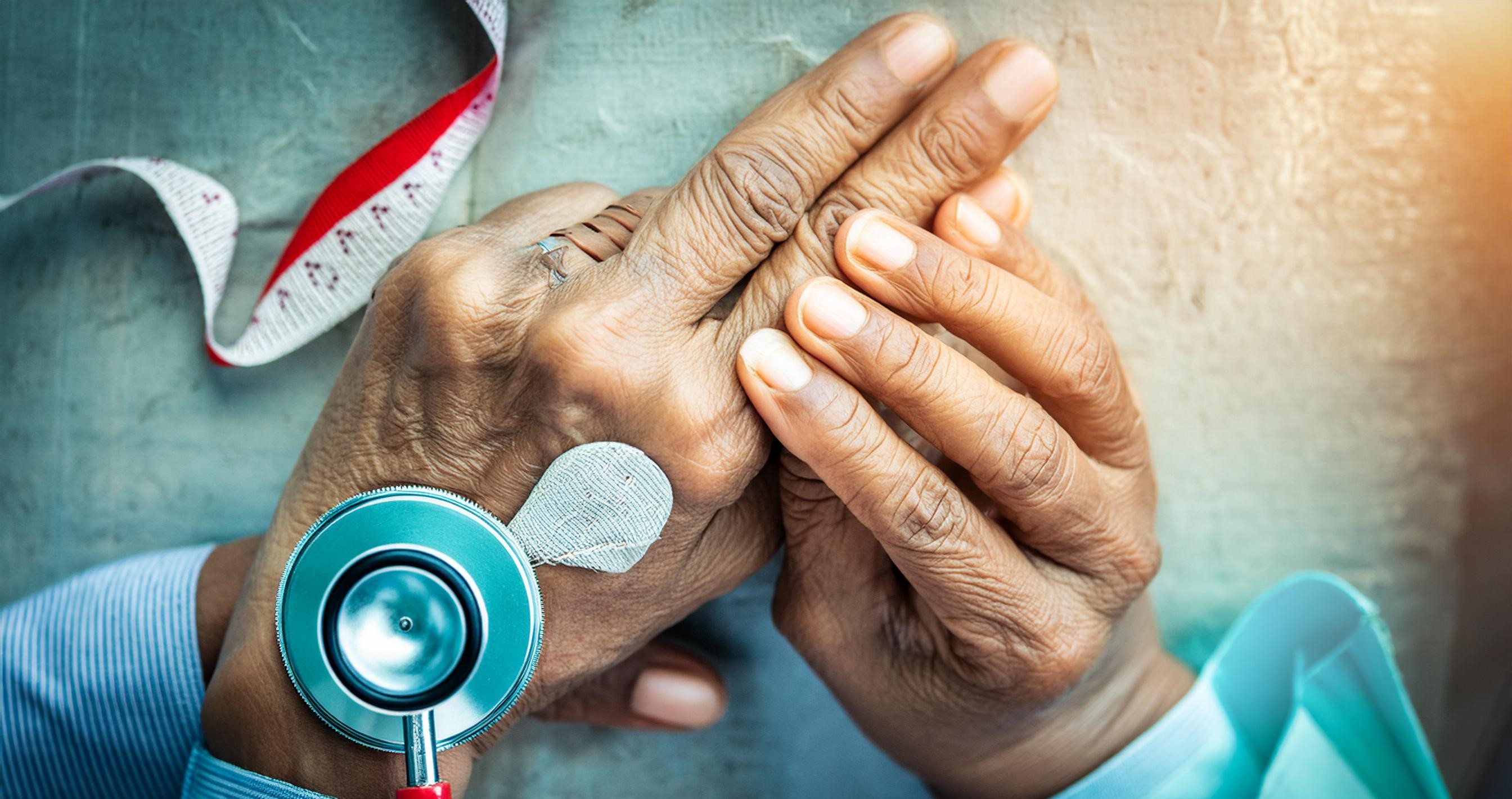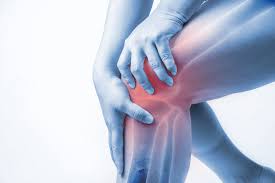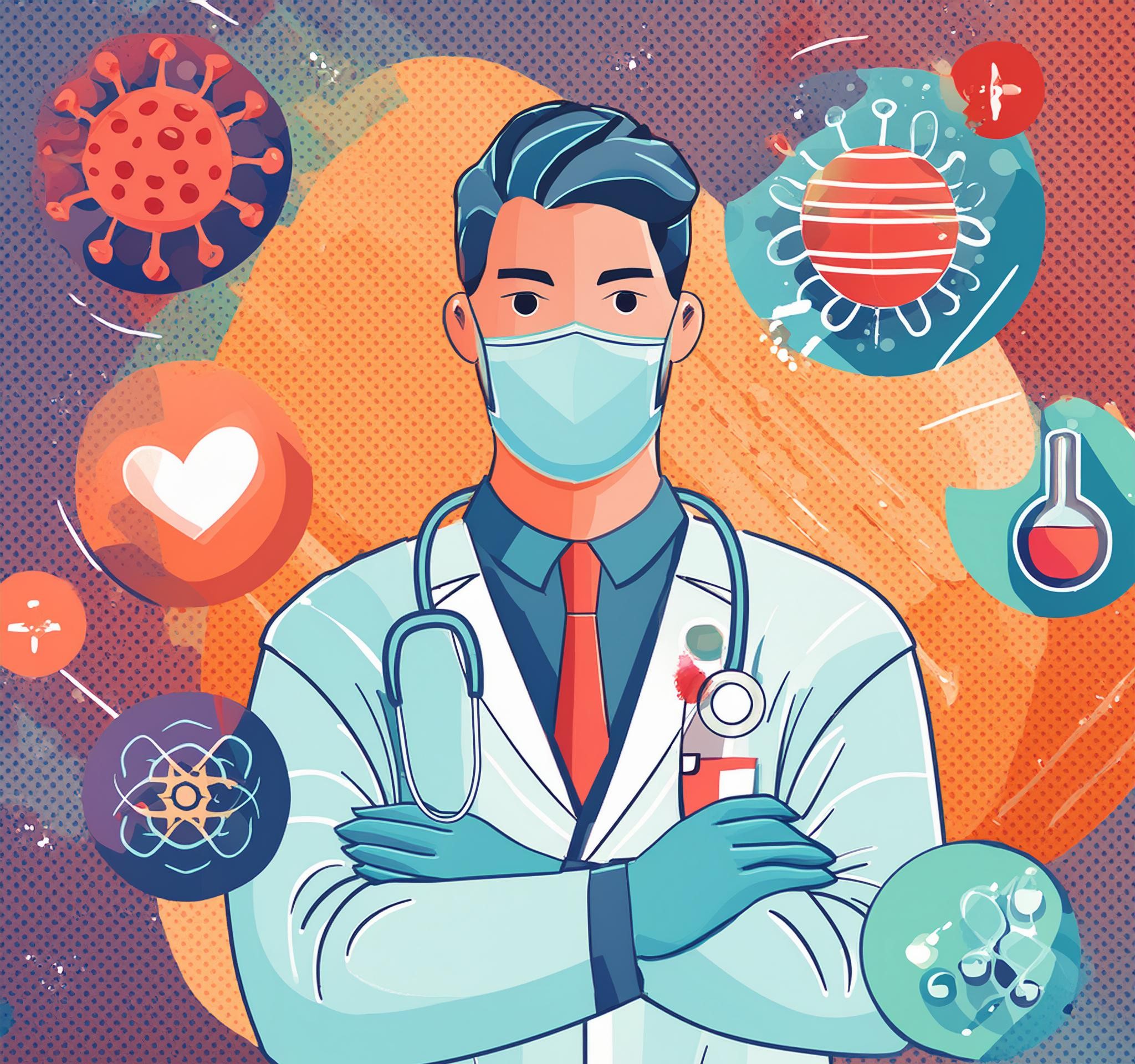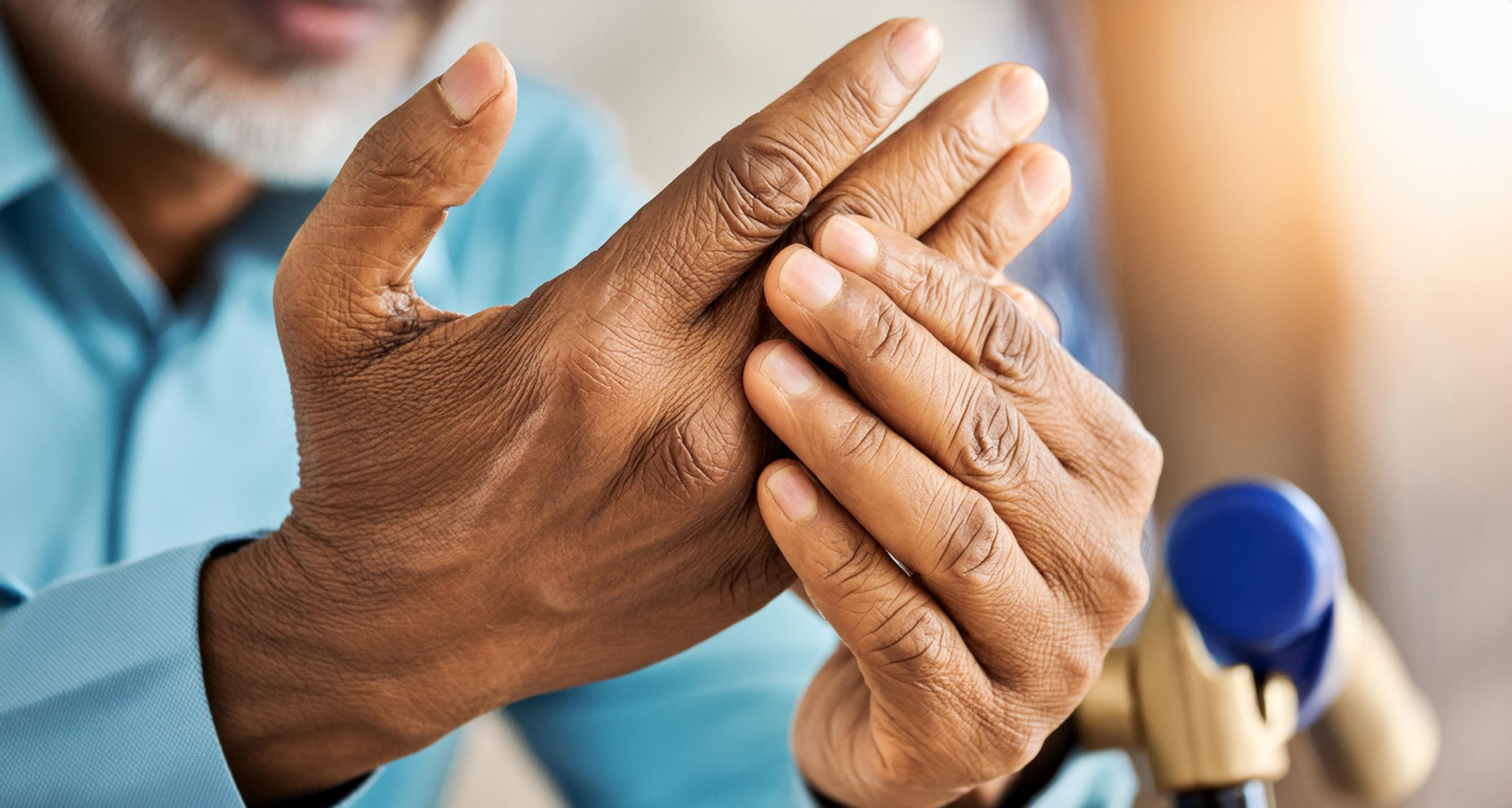Arthritis is a health issue affecting millions of people of all ages across the world. Above 54 million adults are affected by arthritis in the United States alone. Women are more likely to develop arthritis than men. According to the World Health Organization, over 300 million people are suffering from arthritis worldwide. Arthritis is more common in adults but younger ones and children can also be affected by arthritis.
What is arthritis?
Arthritis refers to the inflammation of one or more joints, joints the place where the two bones meet such as the elbow or a knee. The inflammation in joints, results in pain, swelling, stiffness, and restriction of movement.

Types of arthritis:
Osteoarthritis:
This is the most common type of arthritis, regularly called "wear and tear" arthritis. It occurs when the cartilage that acts as cushions at the ends of bones on your joints deteriorates slowly. Osteoarthritis can affect any joint however generally occurs within the arms, knees, hips, and backbone. Risk factors for osteoarthritis include aging, obesity, joint injury, and family history of osteoarthritis.
Rheumatoid Arthritis:
Rheumatoid arthritis is an autoimmune disorder where the body's immune system mistakenly attacks its tissues including the joints, causing infection, pain, and subsequently joint damage. It normally impacts the palms, wrists, and knees however, it can also contain other organs. Rheumatoid arthritis can cause deformities and disability if left untreated.
Other varieties of arthritis include psoriatic arthritis, gout, lupus arthritis, ankylosing spondylitis, and juvenile arthritis.
What are the symptoms of arthritis?
Joint Pain:
Persistent pains in one or more joints is a main symptom of arthritis. The pain can be very sharp and might get worse with motion.

Joint Stiffness:
Arthritis often causes stiffness within the affected joints, mainly after a long duration of rest or inactivity. Morning stiffness that lasts for more than an hour is a common sign of inflammatory types of arthritis like rheumatoid arthritis.
Joint Swelling:
Inflammation within the joints can cause swelling, the affected area will appear larger or feel gentle to the touch.
Joint Warmth:
Inflammatory arthritis can motivate warmth and redness across the affected joints due to increased blood flow and irritation.
Decreased Range of Motion:
Arthritis can limit the everyday motion of joints, making it difficult to bend, flex, or extend them.
Fatigue:
Many humans with arthritis experience fatigue, which may be due to an inflammatory response or disrupted sleep due to aches and discomfort.
Weakness:
Chronic irritation and joint damage can cause muscle weakness, especially across the affected joints.
Joint Deformities:
In excessive arthritis, joint deformities might also broaden, causing visible modifications in the shape or alignment of the joints. This is more common in conditions like rheumatoid arthritis.
In addition to joint-related signs, some forms of arthritis can have signs such as inclusive of fever, weight reduction, and impact on other parts of the body. (pores and skin rashes, eye irritation).
It's vital to know that arthritis signs and symptoms can vary significantly from person to person and may change with time. If you are experiencing continual joint pains or other symptoms related to arthritis, it's essential to seek advice from a healthcare expert for a correct diagnosis and suitable cure.
How do doctors diagnose arthritis?
Doctors diagnose arthritis through a combination of medical history, bodily (physical) exams, imaging assessments, and laboratory checks. During the medical history assessment, the physician will ask about signs and symptoms, family history of arthritis, and any factors that could contribute to joint pain and stiffness. The physical examination helps in checking for joint tenderness, swelling, warmth, and range of movement. Imaging tests together with X-rays, MRI scans, or ultrasound may be used to visualize joint harm, irritation, and changes in bone structure. Laboratory exams, such as blood exams and joint fluid analysis, can help identify specific types of arthritis and rule out different situations. After going through the laboratory and imaging procedures, doctors can make a correct diagnosis of arthritis and help the patient with a proper treatment procedure.

How arthritis is treated?
1)Treatment options include medications such as pain relievers, nonsteroidal anti-inflammatory drugs (NSAIDs), and sickness-modifying antirheumatic capsules (DMARDs) for inflammatory arthritis.
2)Physical therapy and occupational therapy as physiotherapy can help improve joint flexibility and function.
3)Lifestyle adjustments such as weight management, and regular exercise are also helpful in treating arthritis.
4)In severe cases, surgical treatments such as joint replacement surgery, treatment may be important to promote mobility and relieve pain permanently.
5)Treatment plans are different from person to person and may involve a mixture of these procedures to effectively control arthritis signs and symptoms. Regular tracking and modifications to the treatment plan are essential to get proper and healthy results.
